The Downtown Epps Hardware store once thrived. Now vines are climbing on the brick façade doing the initial reclamation work of the forest. Across the street a sign hangs with a peeling painting of a horse, and seen through missing windows, the building’s ceiling is on the ground. This small intersection of State Highways 17 and 134 tells the recent story of North Eastern Louisiana’s urban history, but is a few miles down the road where urbanization in America started?
A few miles east, a small platform of earth emerges from the modern plowed fields. Excavations here at Lower Jackson Mound have revealed that people have been inhabiting and modifying this area for more than 5,000 years. An important baseline for the chronology, the story continues a mere two miles in place and 2,000 years forward in time.
More than three and half thousand years ago people settled at what is now Poverty Point. Site Manager Mark Brink shares that after 600 years of occupation, “when Poverty Point was finished being created 3,100 years ago, there is not a single greater set of mounds or earthworks anywhere in North America.”
Viewed from the air, the relational size of the site comes into view. Mound A, the largest on site, resembles a sloping pyramid, and it anchors a set up arching ridges that spread out and contain a 43-acre plaza that runs right up to the Bayou Maçon. Wood henges and smaller mounds are situated along the main site axis.
Even more enigmatic about the site, Mound A was constructed at a time when the people that lived here were considered to be Hunter-Gatherers. This way of being in the world, which did not include large scale agriculture, would seem to inhibit large scale building events, but as Brink points out: “Even today, Mound A is most likely the single greatest monument created by hunter-gatherers in the world.”
But why invest so much time into constructing a landscape that wasn’t going to be occupied? After decades of research at the site, archaeologist Tristram Kidder has new insight. Evidenced by geophysical coring research, this region between 3,500 and 3,300 years ago was experiencing massive climatic upheavals. As Kidder shares, “Poverty Point and the building of Mound A happen exactly at that moment of major environmental change.”
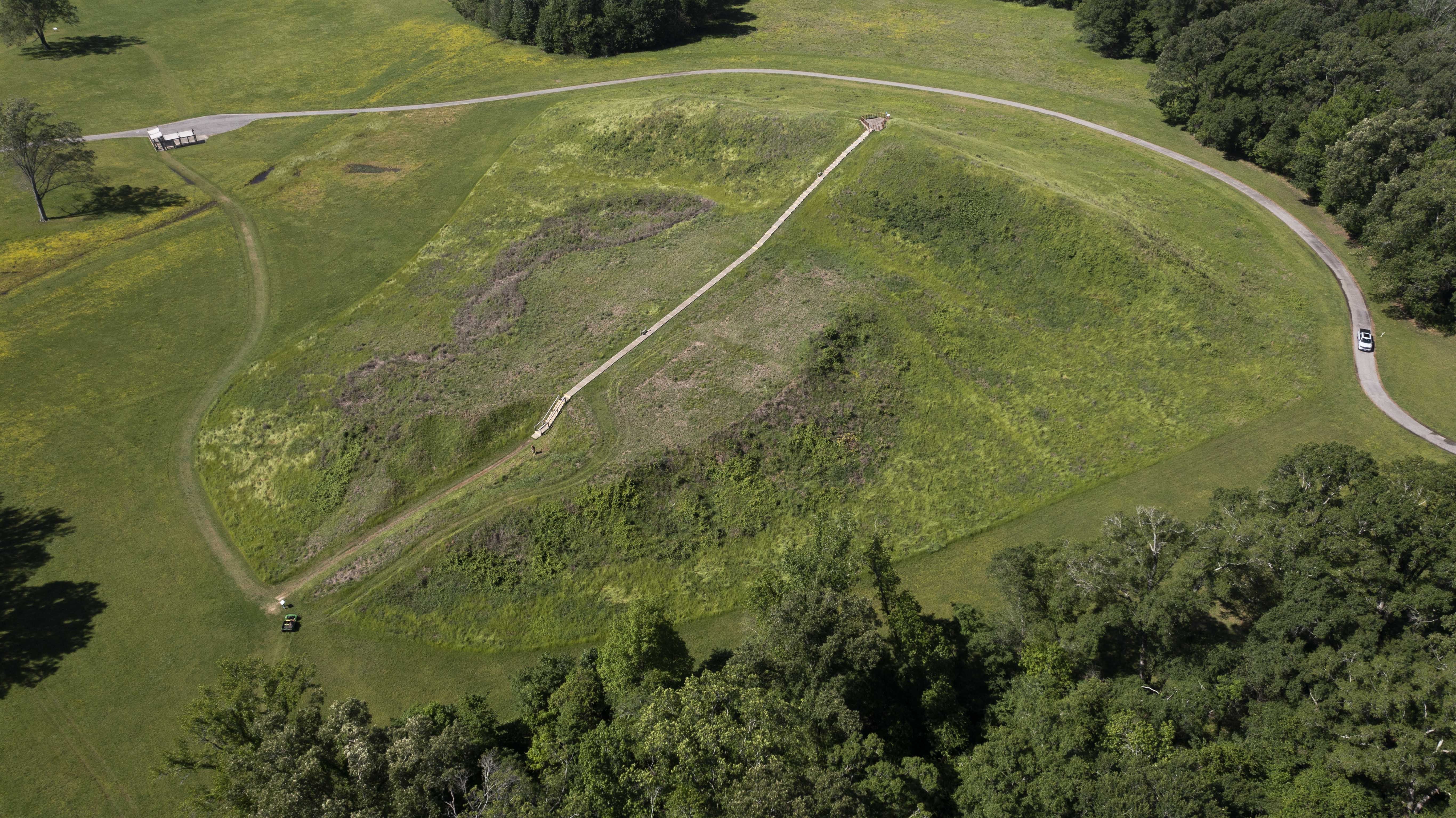
The archeological context that Kidder has excavated around Mound A has only deepened the intrigue surrounding its construction. “ There are no artifacts around Mound A, they weren’t having parties or feasts, so you get at this get at this question of, what is it?” The lack of artifacts around the mound stand in stark contrast to the nearby ridges that suggest habitation. Even more, the geophysical research on the construction layers suggests that Mound A could have been built in as little as three months. “It’s an extraordinary amount of labor” Kidder recognizes.
There’s also the question of why invest in this particular area, when there are abundant other sites exist. As Kidder notes, nearby Vicksburg has more access to major rivers, and is situated on a higher bluff away from seasonal flooding, but “Thats not where Poverty point ended up.”
With a generalized Native philosophical understanding, Kidder puts forth a proposal for Mound A’s construction. “We think that people are responding to real, seen, viewed and experienced climate change, and they’re saying that the web of creation is being pulled apart somehow, we have an obligation to mend it,” and that these actions would fundamentally bring the “cosmos back into harmony and unity.”
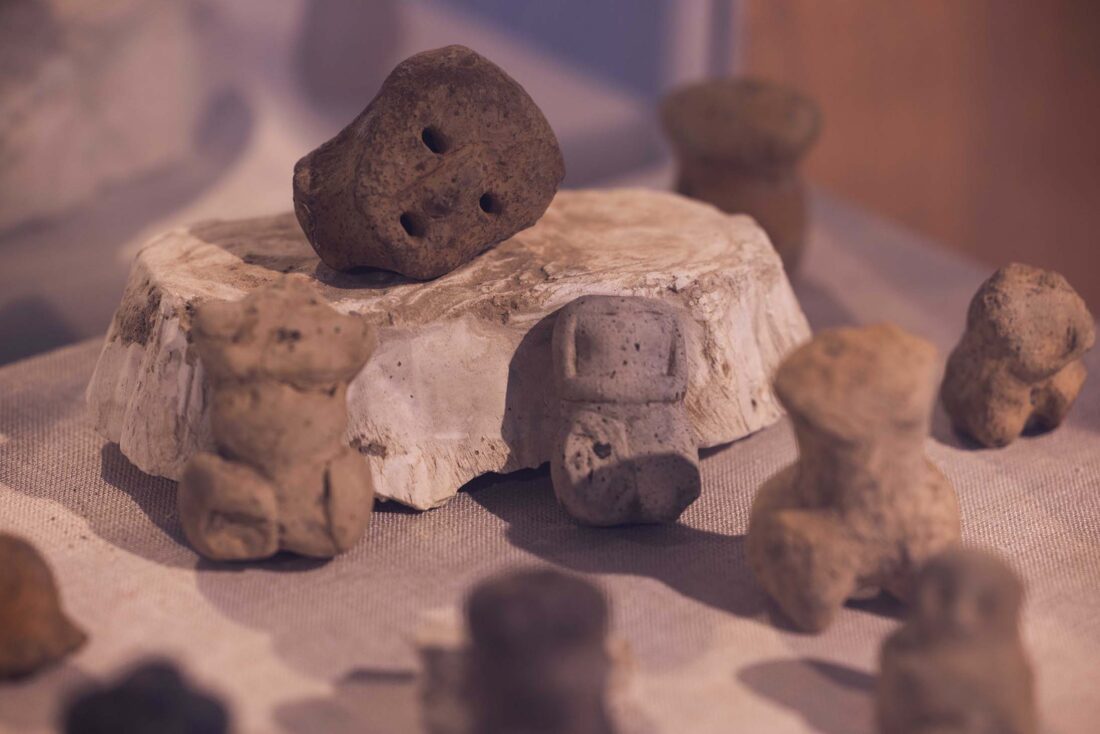
While the challenge of deciphering the original meaning of the construction of Mound A continues, the abandonment of the site is clear. “By 1100 BCE or so we dont find anymore evidence of the culture existing on site,” Mark Brink shares. Tristram Kidder is also reevaluating the last stages of occupation: “I dont see it so much as a collapse as sort of a reworking of our relationship with the environment.” He continues: “This is one reason why I think thinking differently about Poverty Point is important, because it is different. It’s not just like an oversized town. It is something different.”
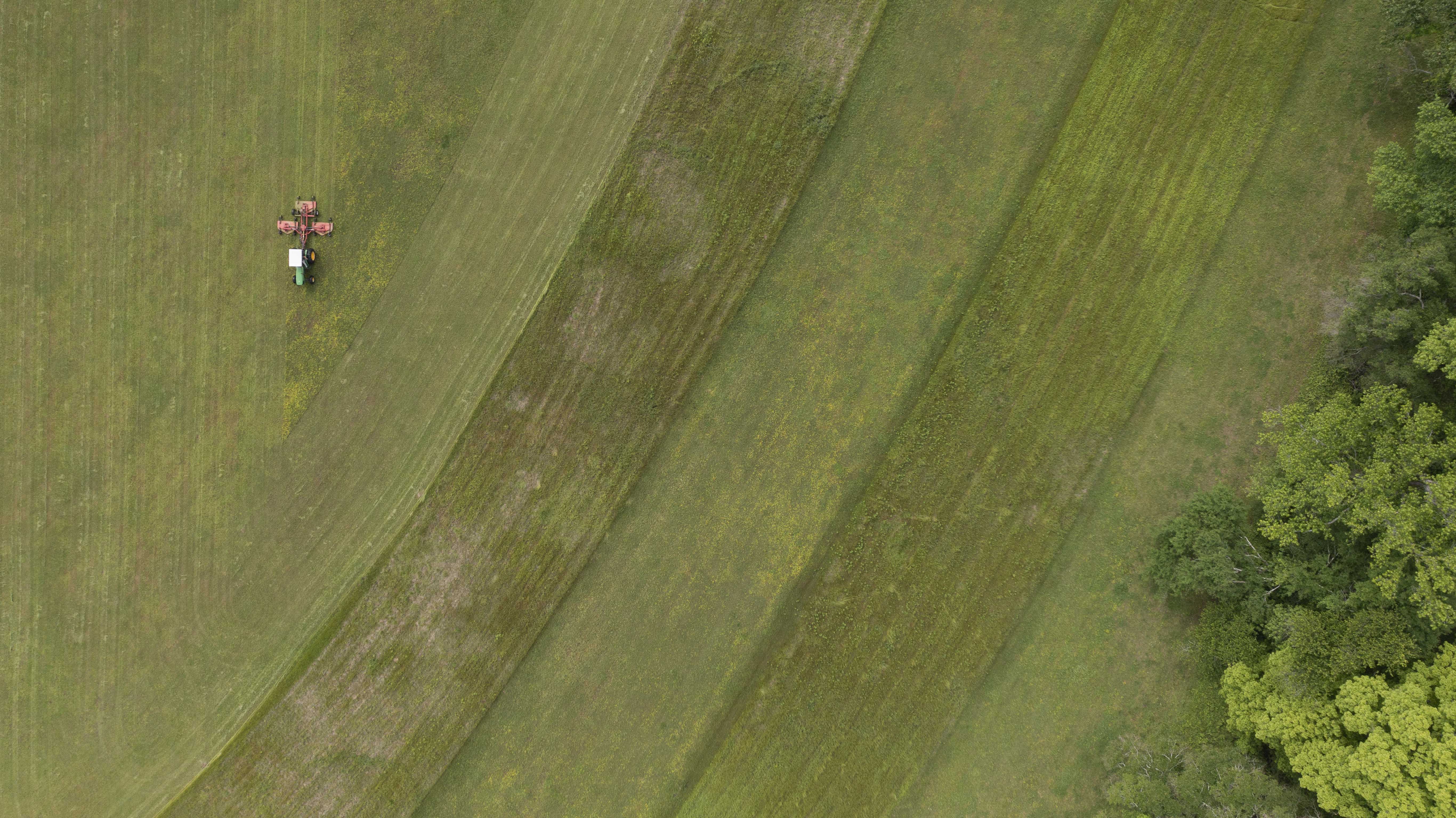
Back on the contemporary grounds of the site, a tractor pulls massive mowing equipment, keeping the forest at bay from reclaiming earthworks yet again.


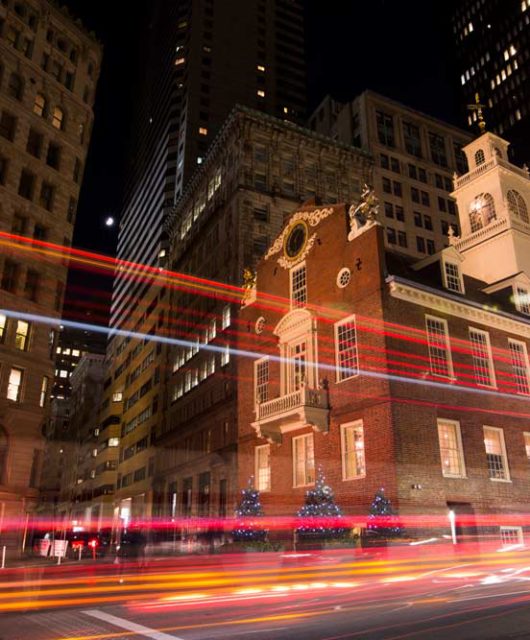
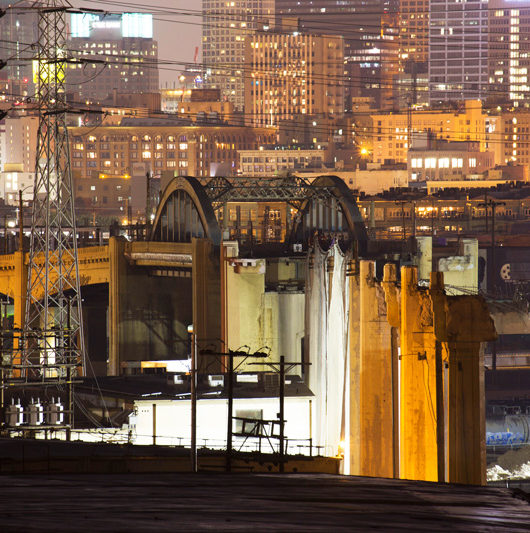
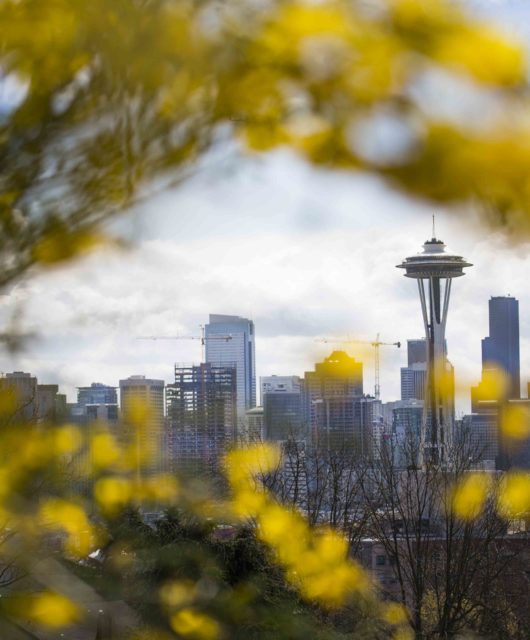
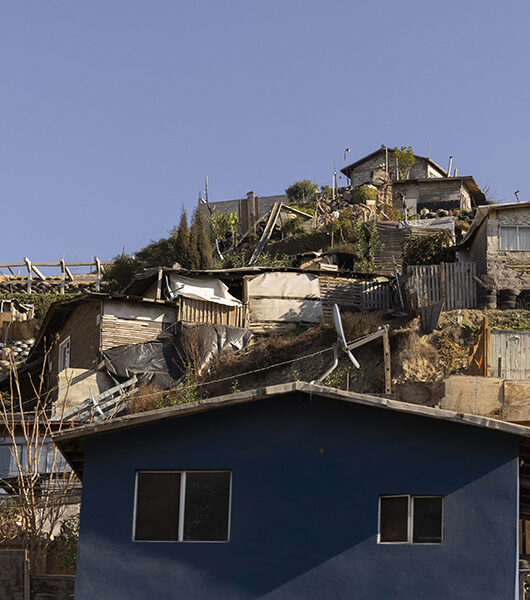
Recent Comments